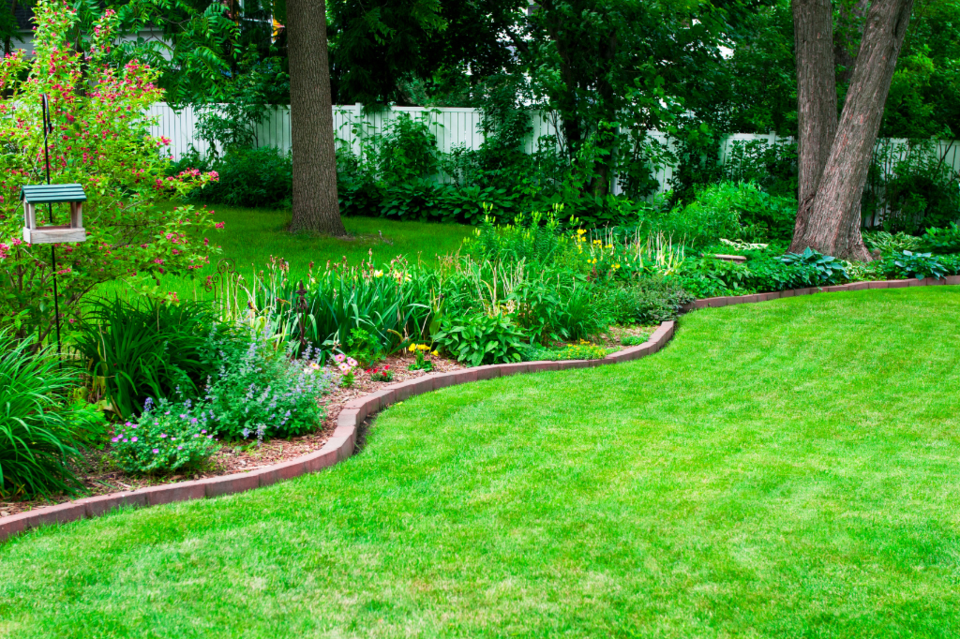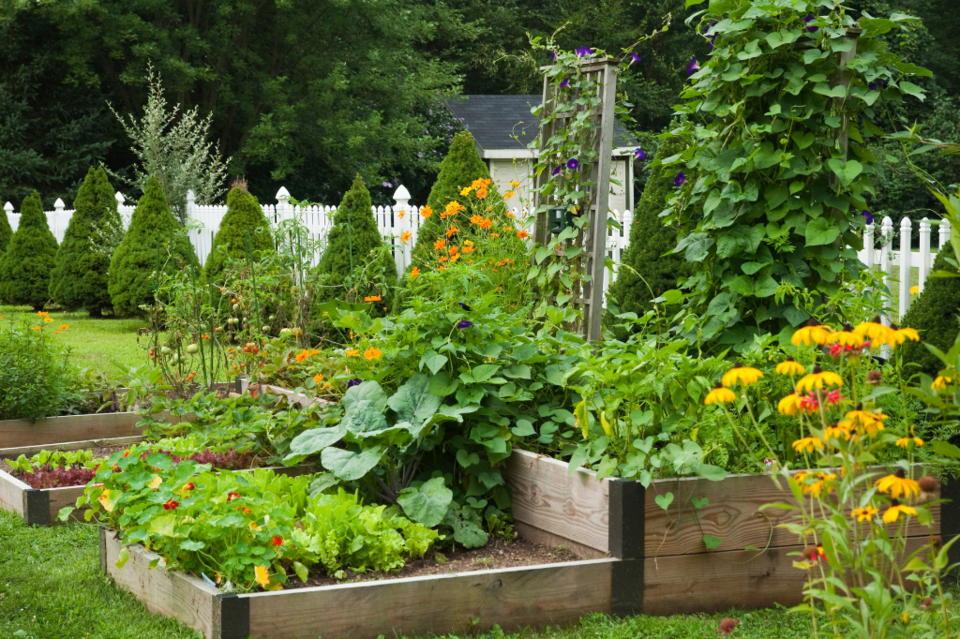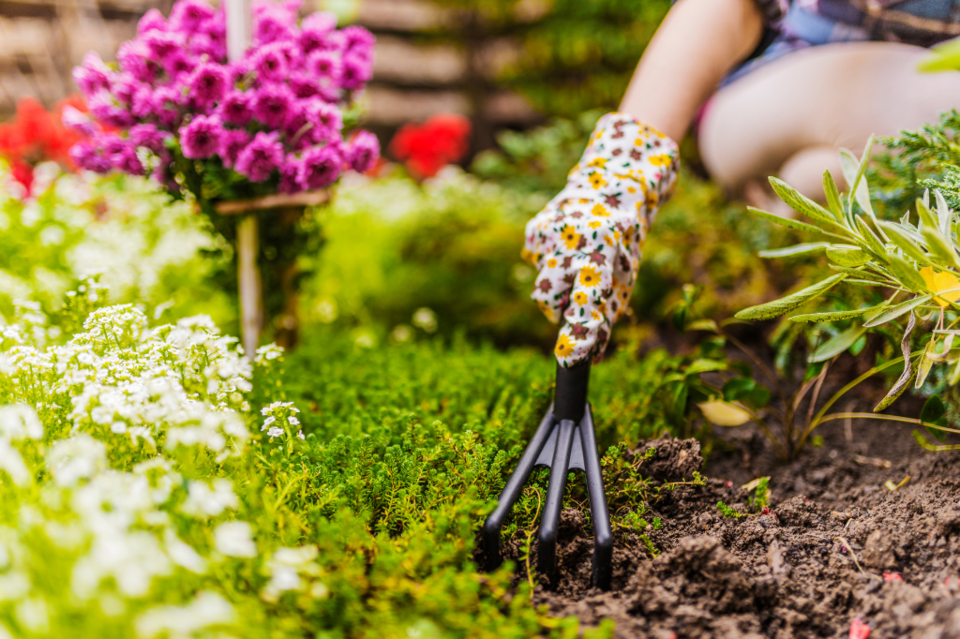With winter finally in the rearview mirror, now is the perfect time to give your garden the attention it needs to thrive.
April marks the transition into longer days and warmer temperatures, making it the ideal moment to tackle post-winter maintenance. According to HomeStars, Canada’s trusted platform for hiring home improvement professionals, getting a head start now ensures you’ll be able to enjoy your yard stress-free come summer.
“Winter can leave behind a lot of damage, from broken fences to weakened plants,” says Colleen McGrory from HomeStars. “By addressing these issues early, you’ll save yourself from dealing with both spring maintenance and summer challenges all at once.”
To help homeowners prepare, HomeStars has shared expert gardening dos and don’ts for April. Here’s what you should—and shouldn’t—be doing to set your garden up for success.

DO:
Prune Your Trees and Plants
Winter’s harsh conditions can leave your trees and shrubs with dead or damaged branches. Trimming away wilted leaves and bare stems will encourage healthy regrowth, ensuring your garden is vibrant and full of life by summer.
Inspect and Repair Your Fence
Cold weather and storms can weaken fence posts and damage panels. Check for any wobbly or rotting sections. If minor repairs are needed, make sure you have the right materials, including screws, spare wood, and weather-resistant treatments. If a full replacement is necessary, consider hiring a professional to ensure a sturdy and long-lasting fence.
Book a Professional If Needed
Spring is one of the busiest times of the year for gardening professionals. With a growing trade-skill shortage—an estimated 700,000 skilled pros are set to retire by 2028—finding the right expert can become challenging as demand rises. If your gardening tasks require professional help, book early to secure a spot.
Test Your Soil’s pH Level
Healthy plants start with the right soil conditions. Using a soil pH testing kit will help determine the best environment for your plants, allowing you to make necessary adjustments before planting. Knowing your soil’s acidity or alkalinity ensures your garden gets the nutrients it needs to thrive.

DON’T:
Ignore Pest Invasions
Not all pests are harmful, but some, like slugs and snails, can wreak havoc on your plants. To deter them, introduce natural predators by creating leaf or rock piles, or use simple food-based lures to redirect them away from your garden.
Cut Wet Grass
Spring’s unpredictable weather often results in wet lawns, and cutting damp grass can lead to uneven, ragged growth while also damaging your mower. HomeStars data indicates that 31% of Canadians have struggled to use their yards due to extreme weather. Allow your lawn to dry before mowing to maintain a healthy, lush appearance.
Walk on Your Grass When It’s Wet
Stepping on wet or frozen grass can cause long-term damage. Walking on it during colder months can crush delicate blades, leading to unsightly brown patches that take time to recover. Minimize foot traffic on your lawn while it’s damp to keep it in top shape for summer.
Plan Ahead for a Beautiful Summer Garden
Taking action in April can make all the difference when it comes to enjoying a well-maintained yard throughout the warmer months. Whether you’re pruning, repairing, or booking professional help, early preparation is key.




